
Most businesses out there are product-focused, i.e. they have a product to sell.
This is how it works:
- Offer a service or create a product
- Find people to sell it to
- Make a lot of money
- Quit selling “offline” or quit their day job
It sounds good (in theory). The problem is that this is like pushing a huge rock uphill. Trying to force a product on a market that hasn’t asked for it can be a long, long process – which nonetheless can be successful, of course. The world hadn’t known they needed computers when they got into the market. But let’s face it. Cases like that are very few.
There’s another model that a lot of companies are using very successfully, but you just might not know it. It’s called building a “customer-centric” business.
An customer-centric business includes the following typical steps:
- Determine what a market needs
- Build a product that covers that need (or adjust your own product to better fit that need)
These are two fundamental steps but there are many routes you can take to build it up:
- Build a true bond with your “audience”
- Learn what they really need
- Sell products/services that they’ve asked for
- Continue delivering way more value than you “take”
- Provide high value education to a small set of people
- Delight those people and grow your platform (website/blog, youtube channel, email list, podcast subscribers)

Get the Digital Marketing Blueprint…
With a Customer Value Journey that strategically builds a relationship with new prospects and converts them into loyal, repeat customers. Click here
So how to understand what your target audience needs?
Market research can be as expensive and extensive as your budget allows. There are lots of companies offering you a detailed niche analysis, surveying, numbers and stats. This is what corporations are investing into on a regular basis.
The good news is, the Internet offers lots of opportunities to research your target niche for free or on a tight budget and keep it in-house.
The Internet made customer centricity possible for any small business. Here are a few ideas:
On-site analytics
On-site analytics is a traditional way for website owners to evaluate their traffic, its sources and entry pages. But it is also a great way to understand your target audience better. Google Analytics provides detailed demographic information – from gender and age to your customers’ locations (like popular cities people tend to access your site from).
As I am writing this, I am surprised my readers tend to access my site from London – sounds like I need to be doing a better job addressing UK audience’s needs:
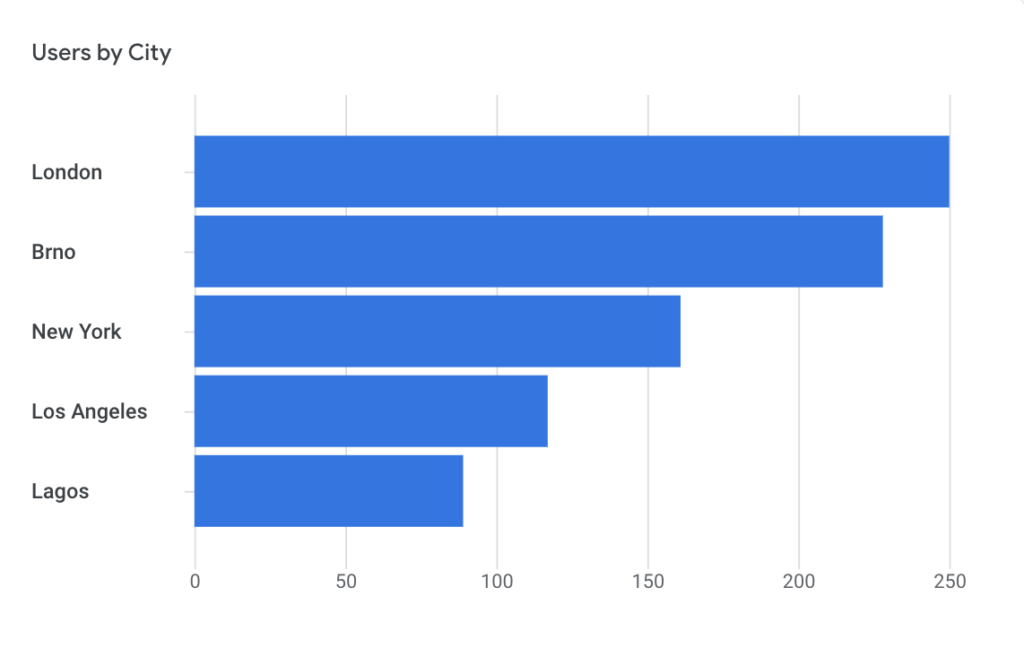
Surveying your current (or potential) customers
Asking your customers what they need from your product or service, which features they like best and which of those are not set up the way they can be useful is a great way to align your business to your target audience needs.
When surveying your customers:
- Mind that there will always be people who just don’t like everything.
- Don’t let yourself get discouraged by negative comments. Remember, it’s the route, not the destination
- Don’t rush to implement changes or add features right away: Make sure to take time to collect feedback, there will likely be conflicting comments: Some people will love the features others hate.
- Don’t just look at stats: Make sure there’s a field for your customers or readers to have an ability to add their own comments. Some of those ideas will turn invaluable and spark your inspiration for future plans.
As to how you create that survey and introduce it to your customers and/or site users, you can use Google Forms (which are free). There are also quite a few surveying plugins allowing you to embed your surveys to your site.
You can also set up a newsletter to reach out to your customers to invite them to help you out.
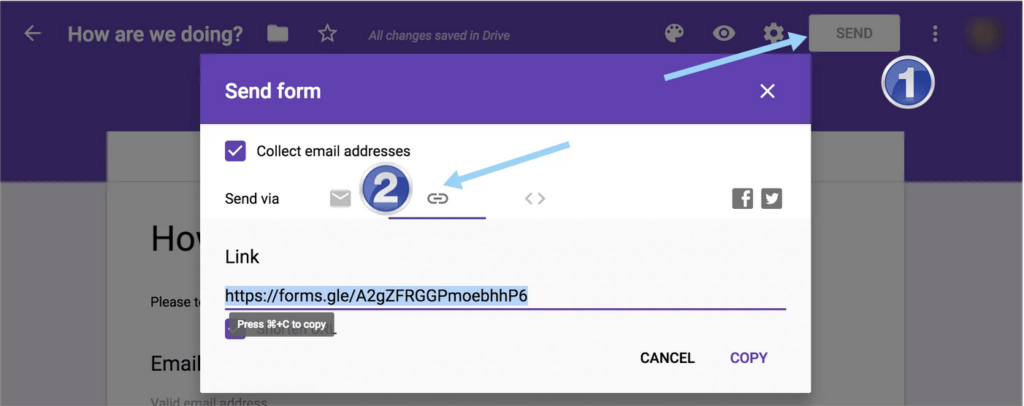
This will also let you identify your most active and loyal customers: Make sure to create a segment for those to reach out more, give away special offers and turn them into brand advocates.
It is also a good idea to time your newsletters the way it is more engaging and delivers better results.
Semantic research
When you are just entering a niche, semantic research is one of the best ways to quickly understand underlying concepts and entities. Text Optimizer is the best tool for the job. Run your established competitor’s name through the tool to understand what your future customers associate that brand with:
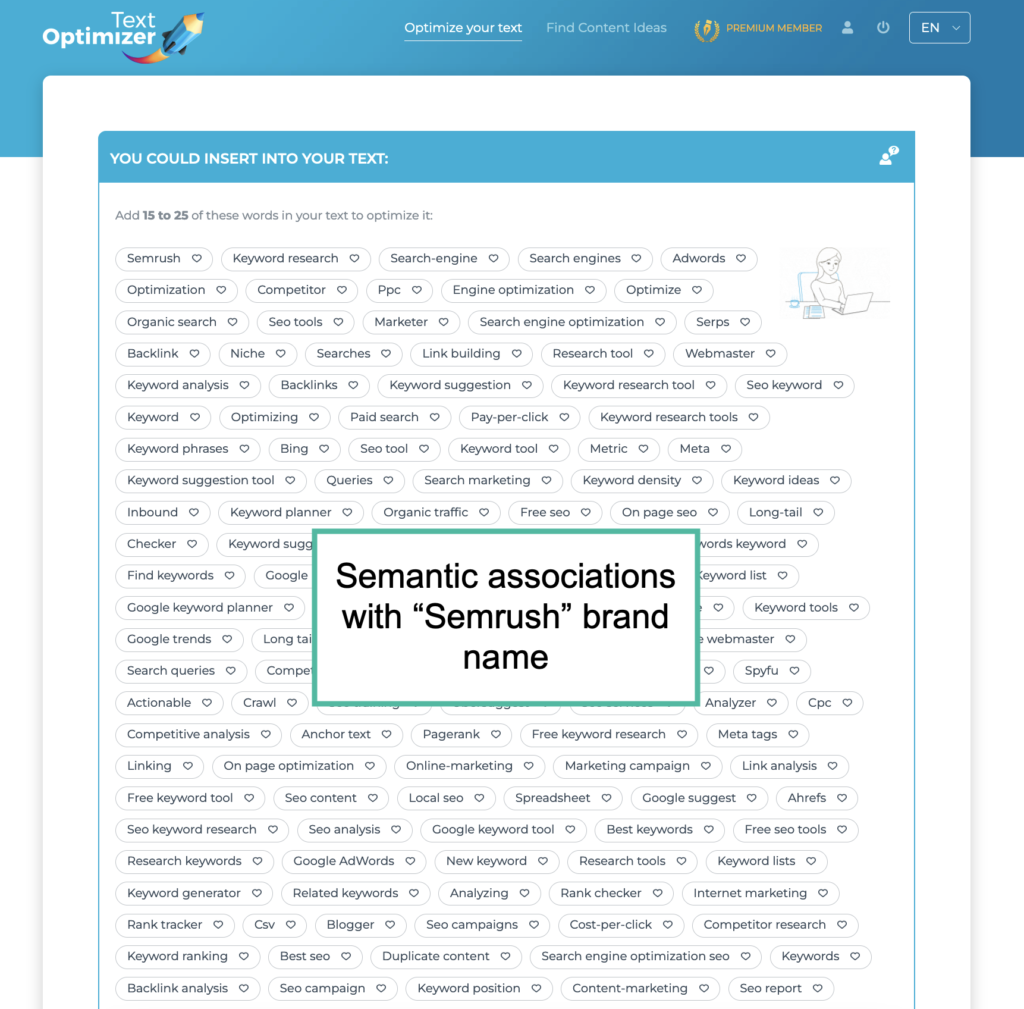
Keyword research
Traditional SEO-driven keyword research offers a solid insight into what people are struggling with and even the demand (i.e. search volume) for a particular feature or problem solution.
SE Ranking keyword research tool allows marketers to extend their search queries, find related queries, evaluate keyword difficulty and search volume. You can also cluster your keywords and turn them into mindmaps to better understand your target topic.
Just like with Text Optimizer, for market research, consider using your competitor’s product name as a keyword to better understand what their customers are searching for:
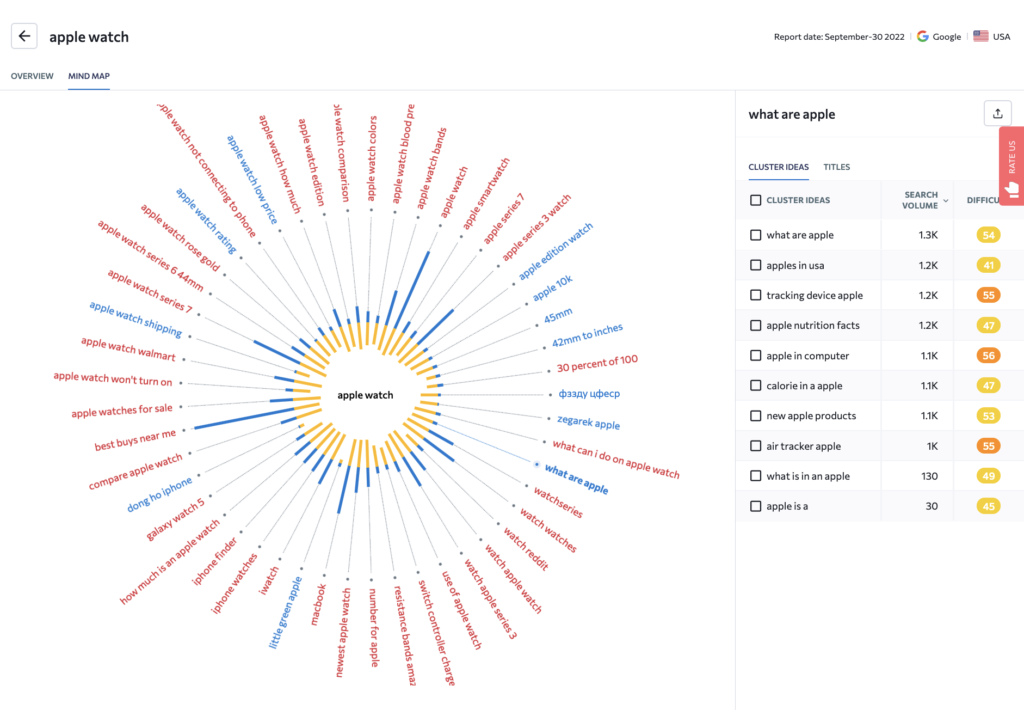
Question research
Knowing what your target customers are asking around the web is a great way to create a product and content development strategy that solves their problems.
Buzzsumo is the best way to research niche questions because it pulls data from multiple sources allowing you to get lots of insights at a glance:
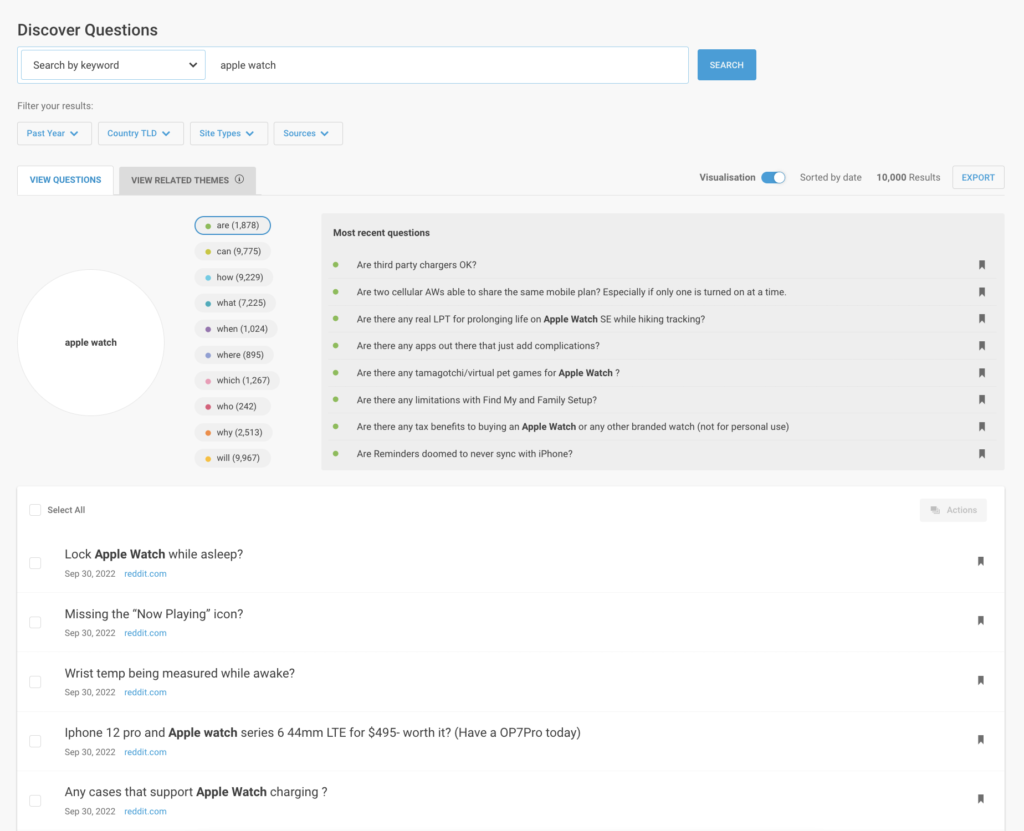
Social media listening
Social media listening is a great way to understand your target audience and relate to it. By listening to and participating in relevant discussions you get to build connections, identify who influences them and what they don’t like about the existing products and competitors.
As you may have guessed, listening to your competitors’ customers is just as a good idea as listening to your own.
Awario offers a great social media listening solution that helps you create alerts that include several of your competitors by using boolean search. For small and local business, the feature allows one to hyper-target their alerts to a certain location:

Social media listening is not just about monitoring brand mentions though. It is a good idea to monitor related questions, discussions and trends. This will allow you to align all your marketing efforts – including blogger outreach, email marketing and seasonal content creation to niche trends and activity.
Customer centricity at every stage of product development
Creating a customer-centric marketing and product development strategy doesn’t have to happen at the launch.
In fact, it is never too late or too early to make your business customer-focused:
- Ask for your customers’ (or social media followers’) input on your new product or brand name. Namify is a cool tool that can suggest those names and provide an easy way for you to choose the best one.
- Evaluate your customer support activity to better understand your customers’ struggles and develop your content strategy around those problems.
- Use social media listening and keyword research to understand what is missing from your competitors’ offerings and develop a product that covers that need. Keyword gaps can help you in understanding customers’ demand that is not yet satisfied.
Why should you consider building an audience-based business?
So should you consider turning your business from product-based into audience-based? Here’s why you might want to consider it:
- It’s hard at the start, but if you persist you’ll have an loyal audience and a solid platform
- Your product ideas can come from the audience (vs from your imagination)
- It beats chasing transactional sales. You’re making sales based on relationship
- You own the platform – you don’t have to continually beg to “borrow” other people’s audiences
Customer-centricity makes your business safer from reputation crises or changing digital marketing landscape because it fosters brand loyalty.
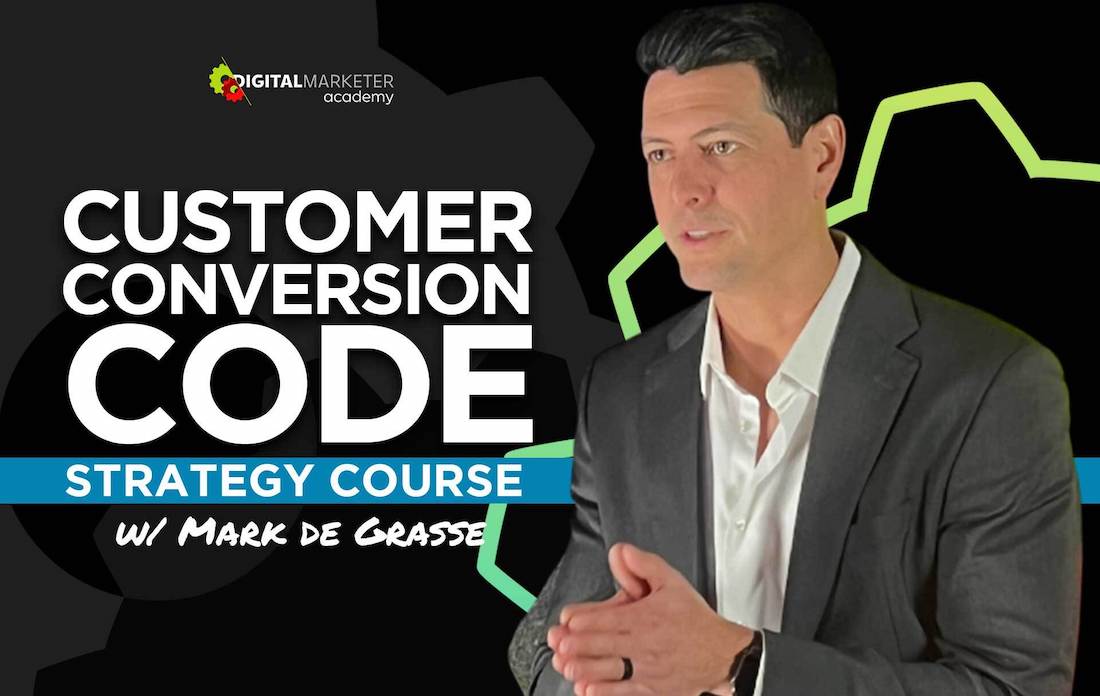
The post How to Build a Customer-Centric Business appeared first on DigitalMarketer.






